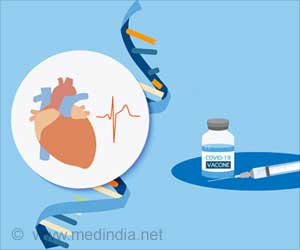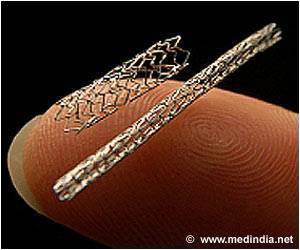American Heart Association and the U.S. Department of Health and Human Services (HHS) have released new guidelines on exercise, urgently encouraging everyone to move more and sit less.

TOP INSIGHT
People who are inactive and have poor cardiorespiratory fitness have a substantially higher risk for developing cardiovascular diseases compared with people who are active and have even modestly higher fitness levels.
What are the risks of being inactive?
This is true of all age groups, both men and women, and people with various medical conditions.
How hard do you have to exercise for it to help your heart?
It depends. The newly updated guidelines recommend 150 – 300 minutes of moderate intensity activity (brisk walking, heavy household cleaning, doubles tennis) each week. We know that more vigorous intensity exercise leads to bigger gains in cardiorespiratory fitness, but we’re less clear on the effects of different exercise intensities on specific conditions, such as coronary heart disease, congestive heart failure and atrial fibrillation. What we do know is that the biggest health benefits have been found among people who go from being sedentary, or inactive, to adding even a small amount of exercise into daily lives.
I do. My philosophy is to try to prescribe an exercise program that is appropriate and achievable for each individual. It cannot be overstated that the shift from no physical activity to even small amounts can lead to enormous health benefits. So, for the inactive patient, I suggest an easy entry into regular exercise, such as a short daily walk or achieving 5000 steps per day. For people who are already physically fit, I encourage them to keep building on the amount and intensity of their exercise program because as far as we know, there’s no “cap” on the health benefits of exercise.
In my laboratory, we are measuring thousands of molecules that circulate in the blood before and after exercise. Through these analyses, we hope to identify specific chemicals that are involved in exercise-induced health benefits. Some of these chemicals could be useful as “biomarkers” to help us predict how an individual may respond to a given type of exercise, so that one day we could develop tailored exercise prescriptions for individuals or for specific health conditions.
What is your favorite type of exercise?
I most enjoy outdoor activity such as backpacking, hiking and kayaking. But on a day-to-day basis, I also enjoy cycling and circuit training to help get the blood flowing.
Source-Newswise
 MEDINDIA
MEDINDIA




 Email
Email










